When most people think of Spain, they think of things like….tapas, flamenco, bullfighting, beaches, paella, hot weather…but these things are more rightly associated with southern Spain. The food, the culture, the sights and landscape are all very different once you travel to northern Spain where the weather is more temperate, the hills are green and lush, and the beaches are more rocky and rugged. Kevin and I did a 5-day road trip through Northern Spain mainly focusing on Basque country (we had two primary bases: Bilbao and San Sebastian), and were blown away by Basque cuisine, culture, and the charming countryside villages. The food especially, was something to write home about (San Sebastian is considered to be the gastronomic center of Spain, and has more Michelin stars per capita than any city in the world). THE PINXTOS. Yum. Check out our 5-day northern Spain road trip itinerary below – a word of warning, you WILL leave this post feeling hungry.
Related Post: Where to Find the Best Tapas in Seville, Spain
Related Post: A Foodie’s Weekend Guide to Emilia Romagna
Day 1: Bilbao
Our trip started in Bilbao which is the de facto capital of Basque country. Home to delicious pintxo bars (northern Spain’s answer to tapas), dramatic mountain views, and the world famous Guggenheim Museum, this modern port city is a great starting base for a road trip through northern Spain.
Eat Bollos de Mantequilla
We kicked off our first morning in Bilbao indulging in bollos de mantequilla from a local bakeshop called Pasteleria de Suisa. Bollos de mantequilla are a traditional Bilboan pastry made from puffy milk buns and filled with an airy butter cream. Anything filled with butter cream is worth trying in my book! And let me tell you, the bollos were absolutely delicious. They were the perfect morning snack and introduction to Bilbao as a renowned city for food.
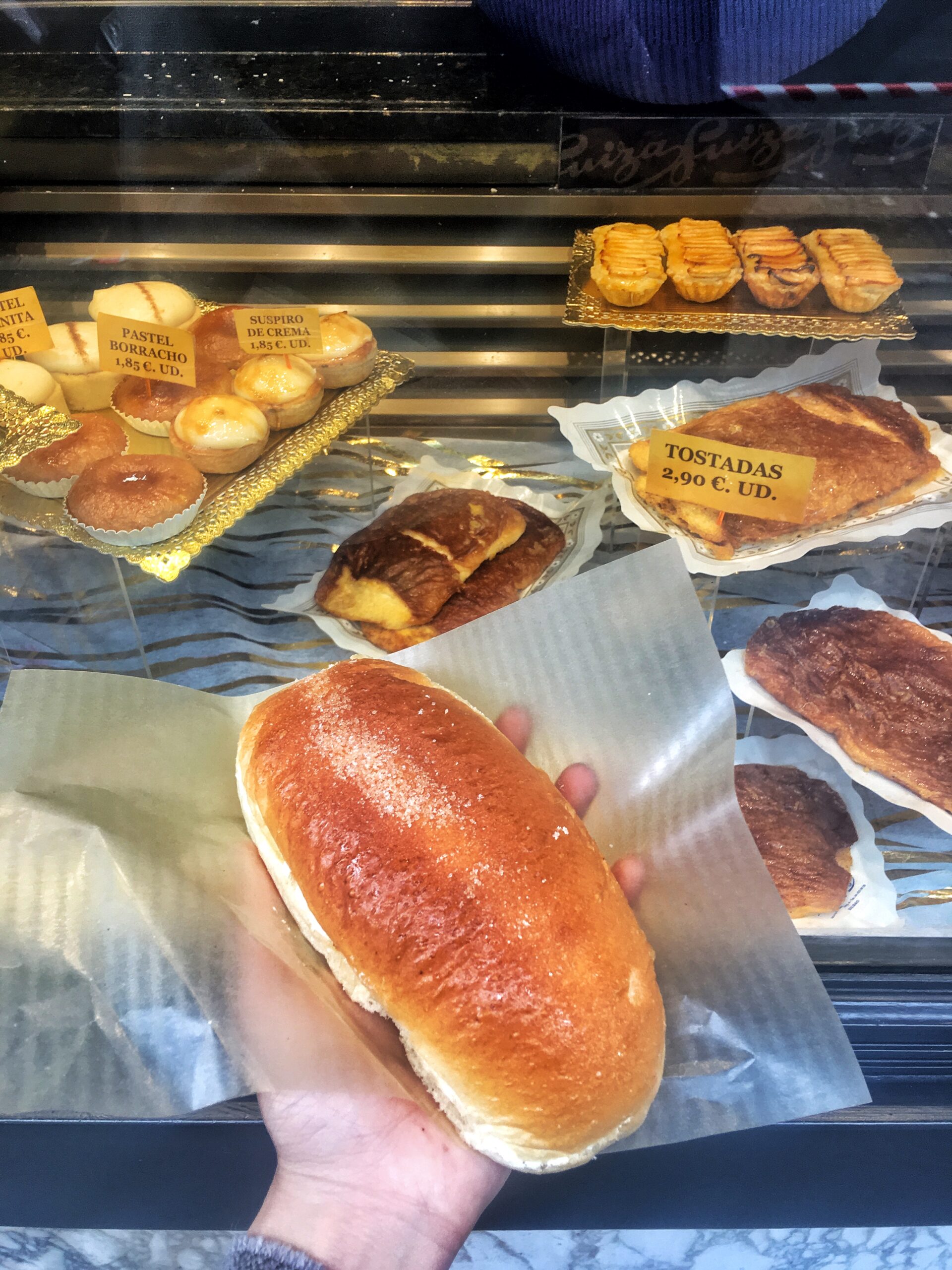
Explore the city
Bilbao is extremely walkable and convenient to get around, so we spent an hour or so roaming the city streets. La Vieja in particular is considered to be the hippest and trendiest district in the city, known for street art, quirky bars, and charming cafes. Bilbao also has a really nice walking promenade along the riverfront that is worth strolling along.
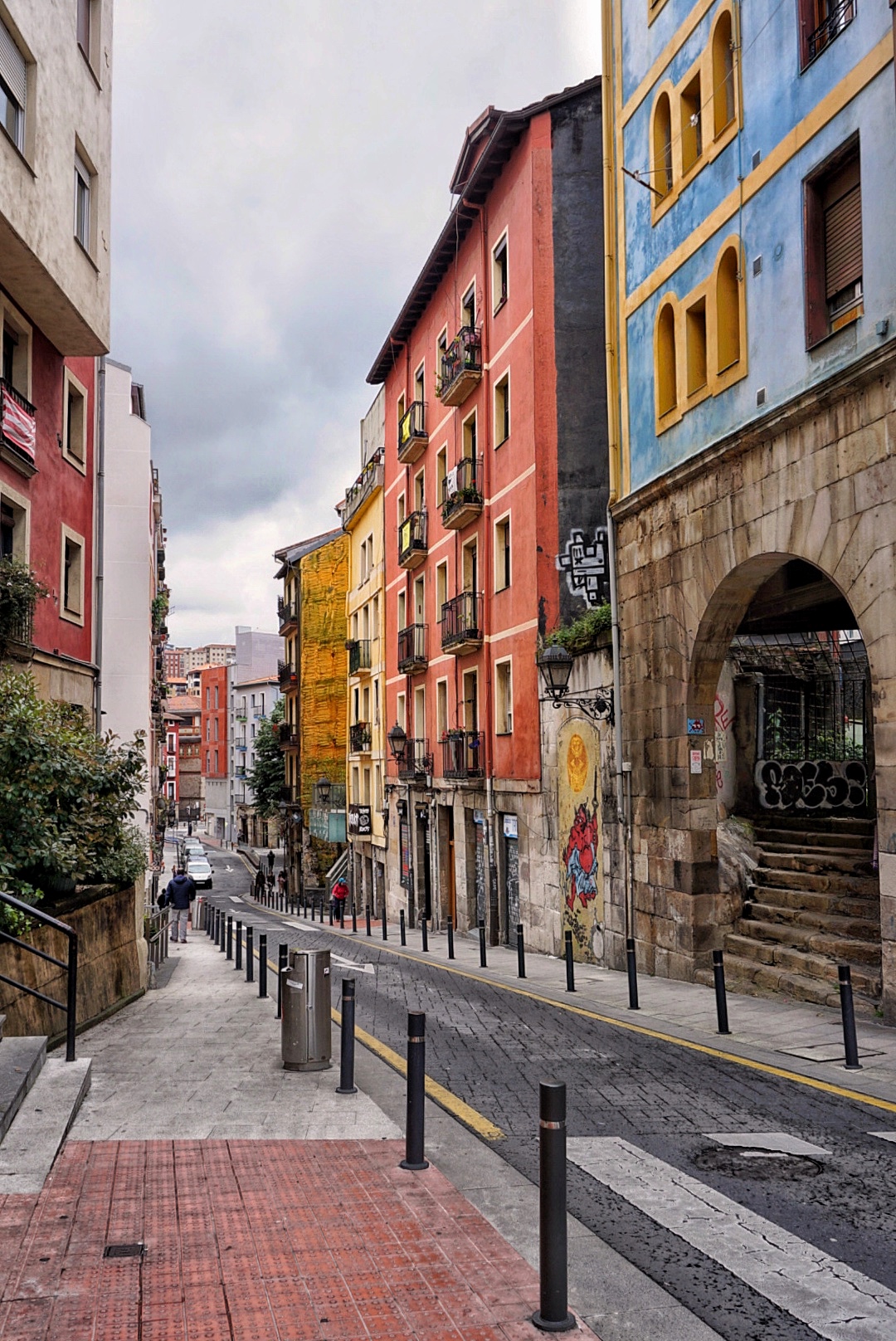
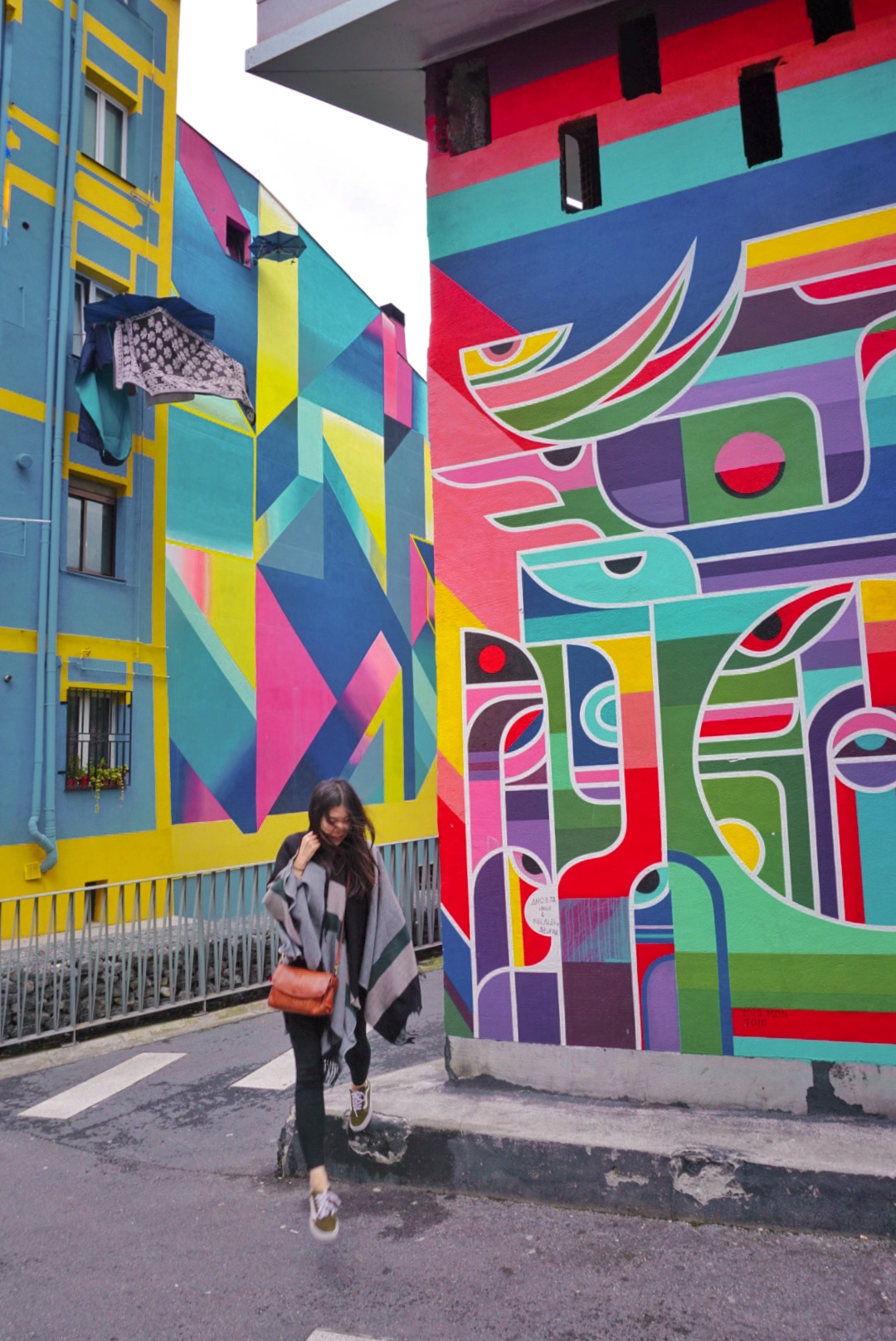

Guggenheim Bilbao Museum
Our next stop of the day was the Guggenheim Bilbao Museum which is considered by many to be the prime attraction of the city. This museum of modern and contemporary art was designed by the famous architect Frank Gehry, and is a spectacular silver sculpture-like building that screams creative design and innovation. Even if you aren’t into modern art, it’s worth checking out the museum grounds and getting a glimpse of the various sculptures scattered about the park!
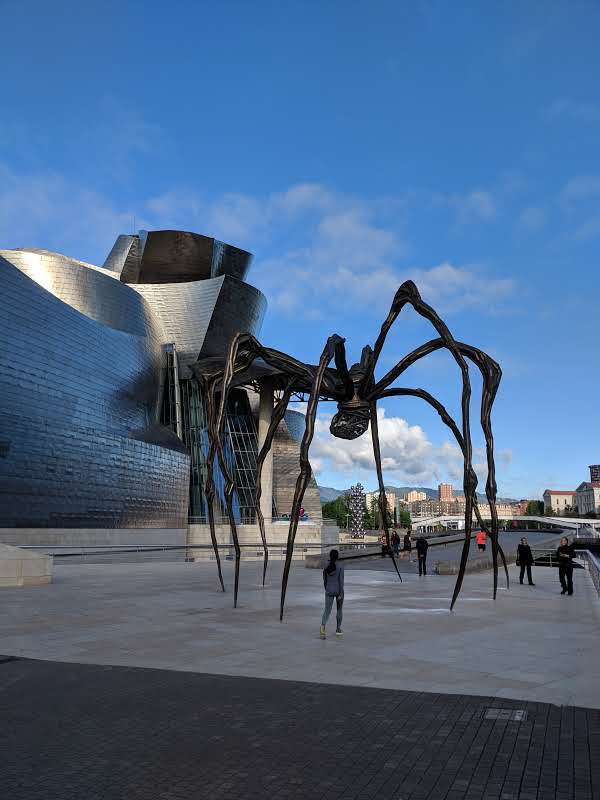
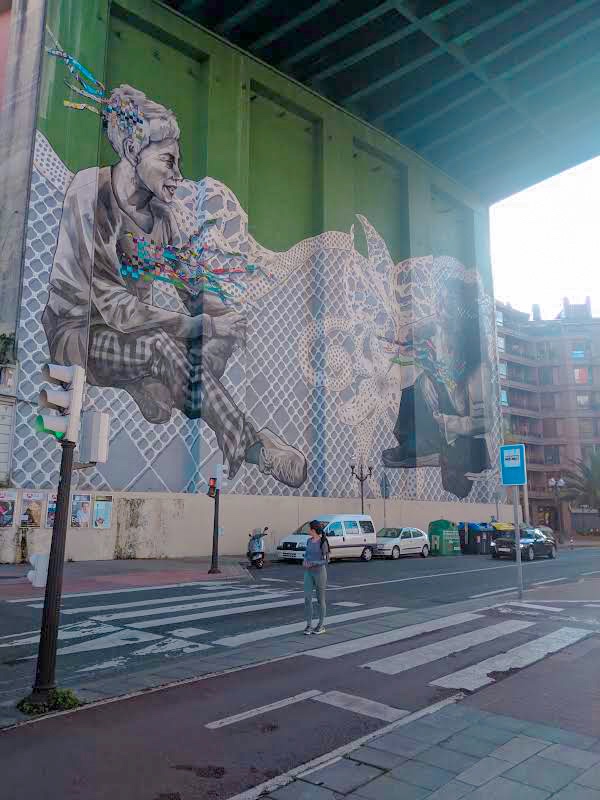
Eat Pintxos
When in Bilbao, you definitely have to go on a pintxos crawl. The typical time for pintxos hopping when you’ll get the best and freshest selection at the bars is 1pm-3pm and 6pm-8pm. Pintxos are the Basque country’s version of tapas – each pintxo establishment has a selection of small plates that you can choose from at the bar. The best pintxos are typically the ones listed under the specials on the board and are served hot. The Old Town area is the best place to go pintxo hopping. We would get 2-4 pintxos per place, paired with a glass of red wine or local Txakoli (the regional low alcohol white wine) and then move on to the next one, and it was so fun! Some of my favorite spots that we hit up include: (1) Bar Zuga in Plaza Nueva (modern fusion tapas, go here if you’re looking to be more adventurous), (2) Cafe Iruna (an old school favorite with beautiful tiled walls), and (3) Bar Gatz (a historic bar that is a favorite among locals).
TIP: While in Bilbao, try ordering the “Gilda” which is an iconic Bilboan Pintxo consisting of olives, pickled green chiles, anchovies, and gherkins.
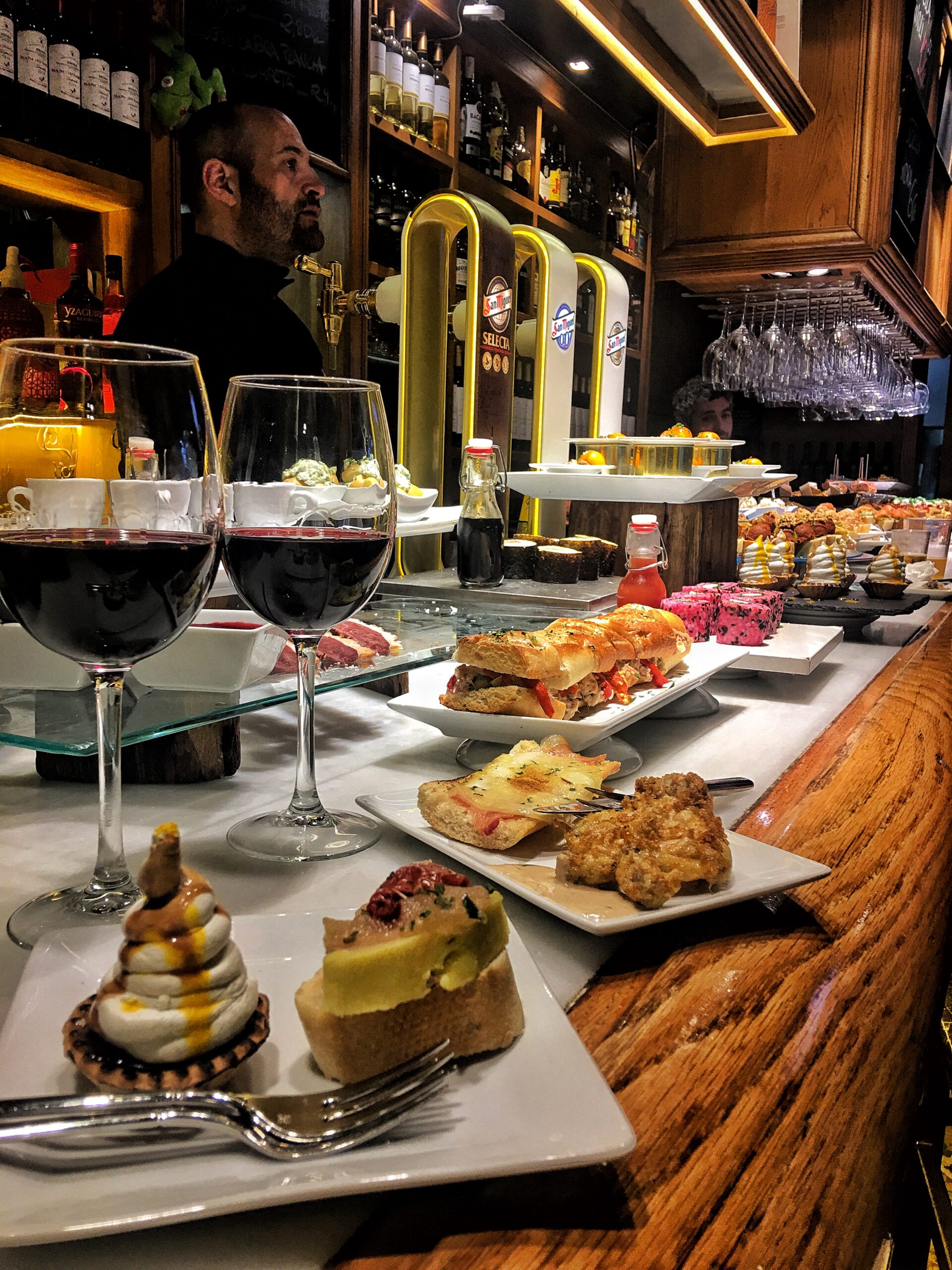

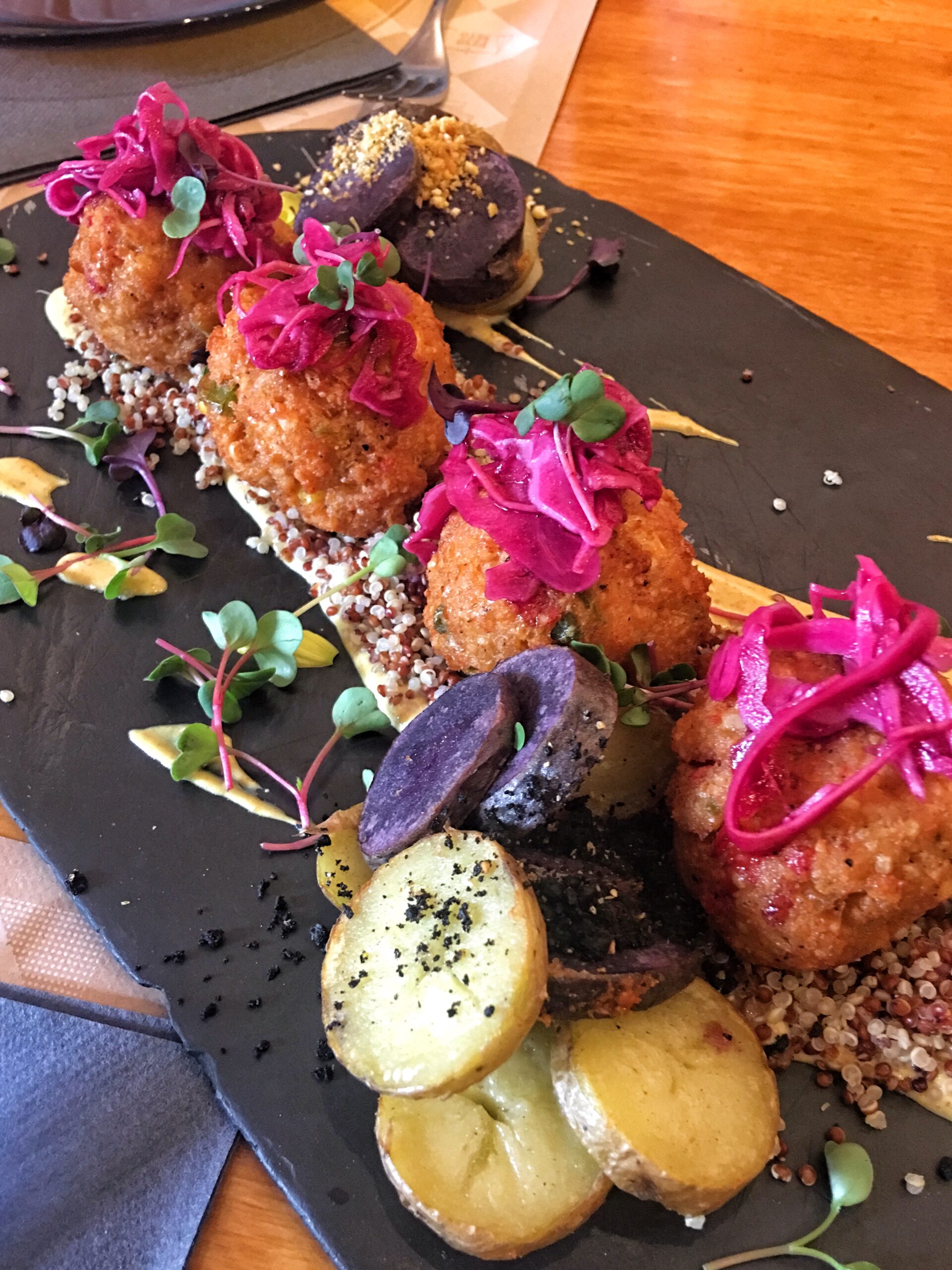
Day 2: Day Trip to San Juan de Gaztelugaxte
Eat at Brass 27
For our 2nd day in Bilbao, we started out with an epic brunch buffet at Brass 27 (yes I know, somehow we made room in our stomachs overnight after a long night of pintxo feasting), where we dined on melting Spanish omelettes, pan con tomato (tomato on toast), yogurt with homemade jams, and a variety of cheese, charcuterie, and salads. The brunch place was super cute and so so popular so if you’re looking to go, make sure you reserve in advance!

San Juan de Gaztelugaxte
After brunch, we hopped in our rental car and made the drive out to our main attraction of the day: San Juan de Gaztelugaxte. Located about a 45-minute drive from Bilbao, this man-made stone footbridge connects a 9th century chapel to the mainland; you might recognize the site as the filming location of Dragonstone in the TV series Game of Thrones! Getting to San Juan de Gaztelugaxte from the main parking lot is roughly an easy 3-mile walk down a steep hill, and then back up 241 steps to the chapel. The monument itself is open 24/7, but the church opens as 11am. According to local legend, you’re supposed to ring the chapel bell three times and make a wish.



It truly felt like we were on the set of Game of Thrones – the water was unbelievably blue, the surrounding hills were green and lush, and there was a light fog in the distance. I definitely made sure to channel my inner Khaleesi (if you know, you know) making my way up to the chapel; unfortunately, no dragon sightings though.
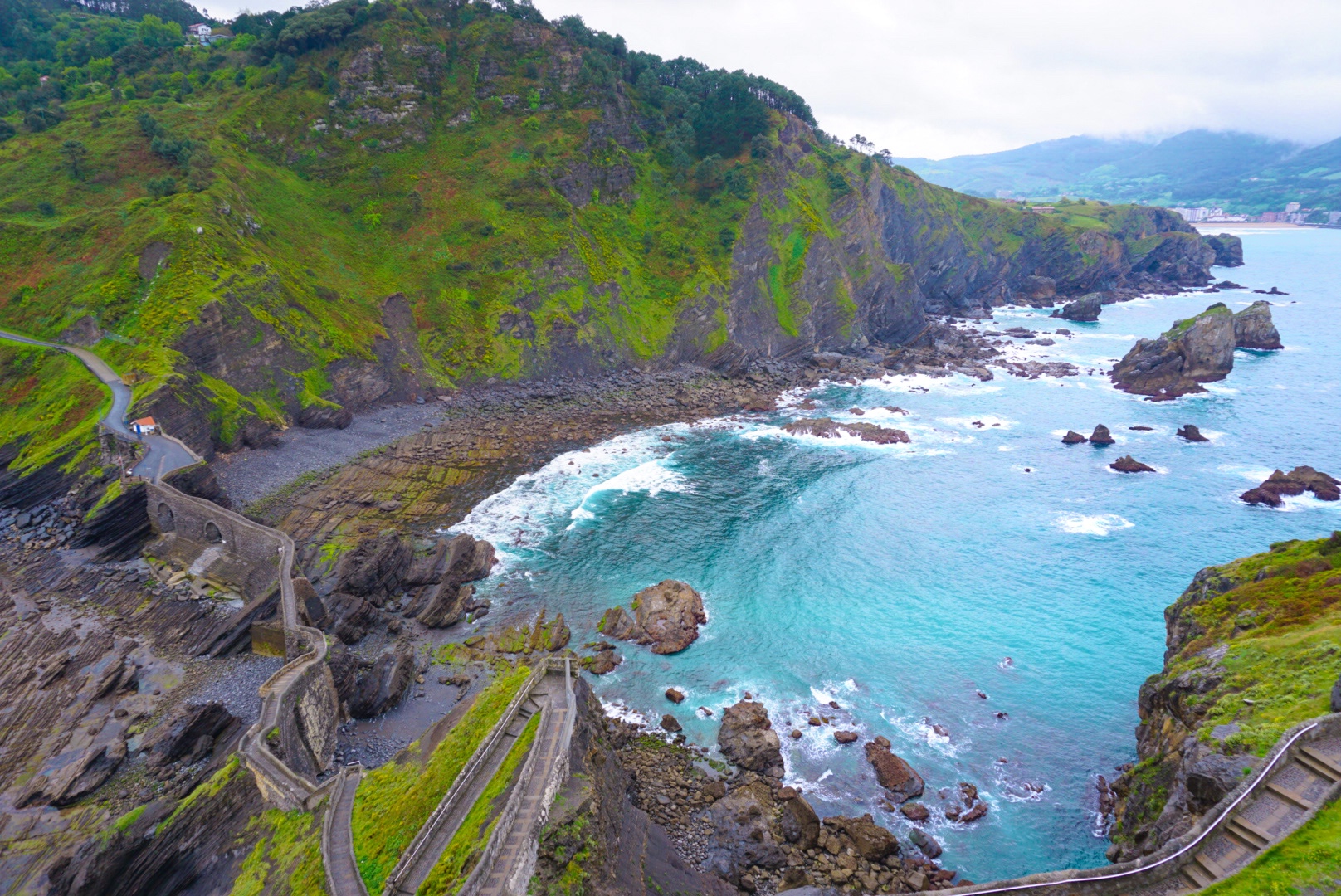


We spent 3-4 hours in the area enjoying the views. Afterwards, we headed back to Bilbao where we ended the night with some more pintxos (obviously).
Day 3: Drive to San Sebastian
Our third day in northern Spain was focused on making the drive from Bilbao to San Sebastian (roughly 1.5 hour drive time), with several pitstops in some smaller villages along the way. Our route specifically took us through Lekeitio and Zumaia.
Lekeitio
The small fishing village of Lekeitio located on the Bay of Biscay is definitely worth a stop while on a road trip through Basque Country. Halfway between San Sebastian and Bilbao, Lekeitio has something for everyone – beaches, mountains, a river, and even an island! The two beaches in Lekeitio (Isuntzo and Karraspio) are both great for sunbathing, and we saw several families and children playing in the water and enjoying a sandy picnic. We also spent some time walking around the harbor which offers gorgeous views of the nearby Basilica Of The Asunción De Santa María.
Cider House Spot
One of the things I really wanted to while exploring Basque Country was to sample cider at a local cider house (also called sagardotegis). Foodies take note – the Basque cider house is really one of the best hidden gems in northern Spain. Today, sagardotegis are farmhouses that serve cider on tap alongside a set daily menu. Salted cod, chorizo, and omelettes are traditional cider house offerings. The cider is poured from giant wooden barrels, and someone yells “Txotx!” (which translates to ‘break out the cider’) when the barrels are opened. Each cider house has its own personality and charm.
I wish I could tell you which cider house we visited, but unfortunately, there wasn’t a name (or at least, there was no noticeable signage, and the servers didn’t speak very good English) when we stopped at this buzzing cider house in the middle of the countryside for lunch. The cider house could’ve passed for someone’s home, or a small farmhouse…but we knew it would be good because it was packed with local workers, and the smells coming from the building were delicious!

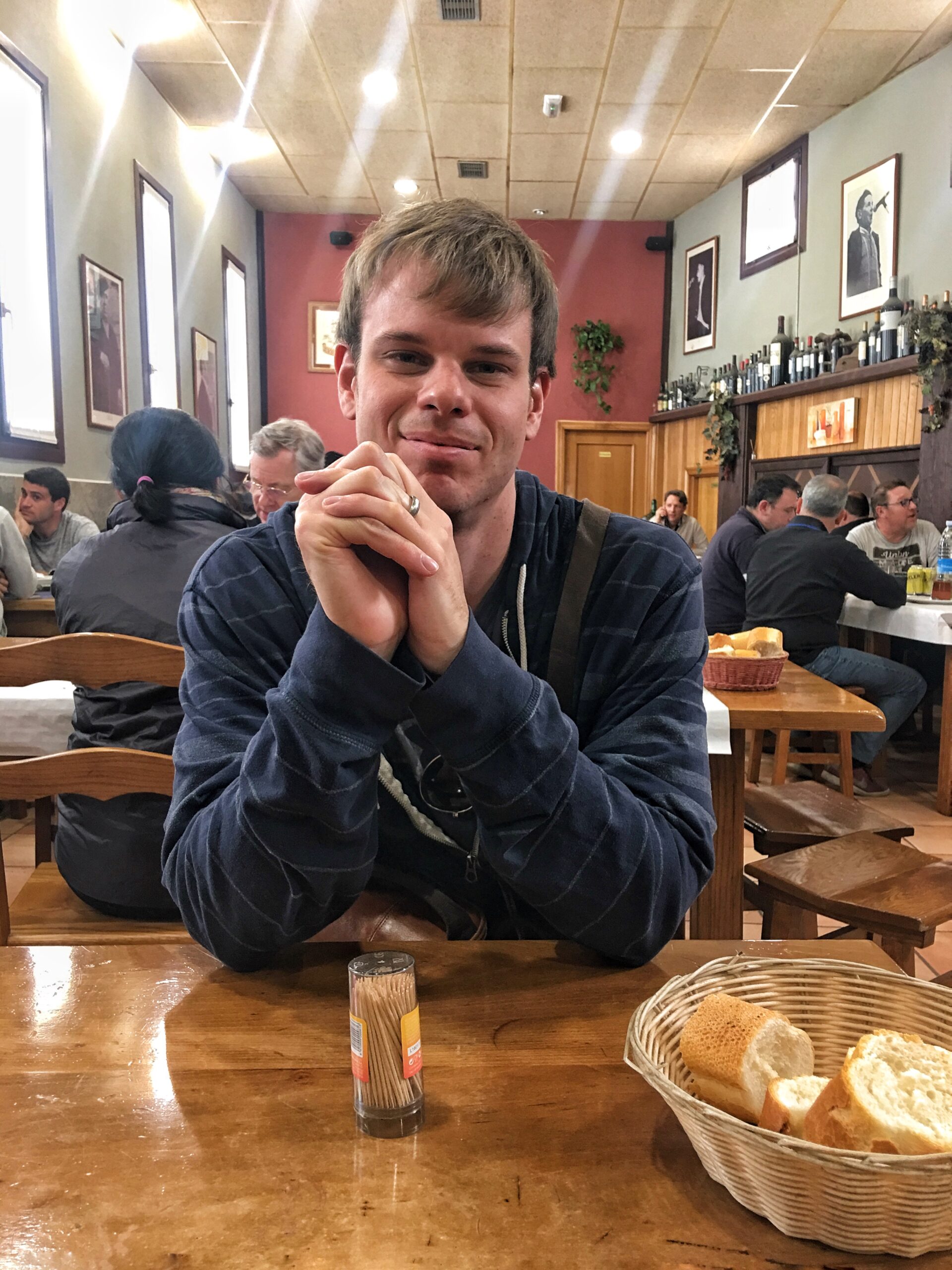
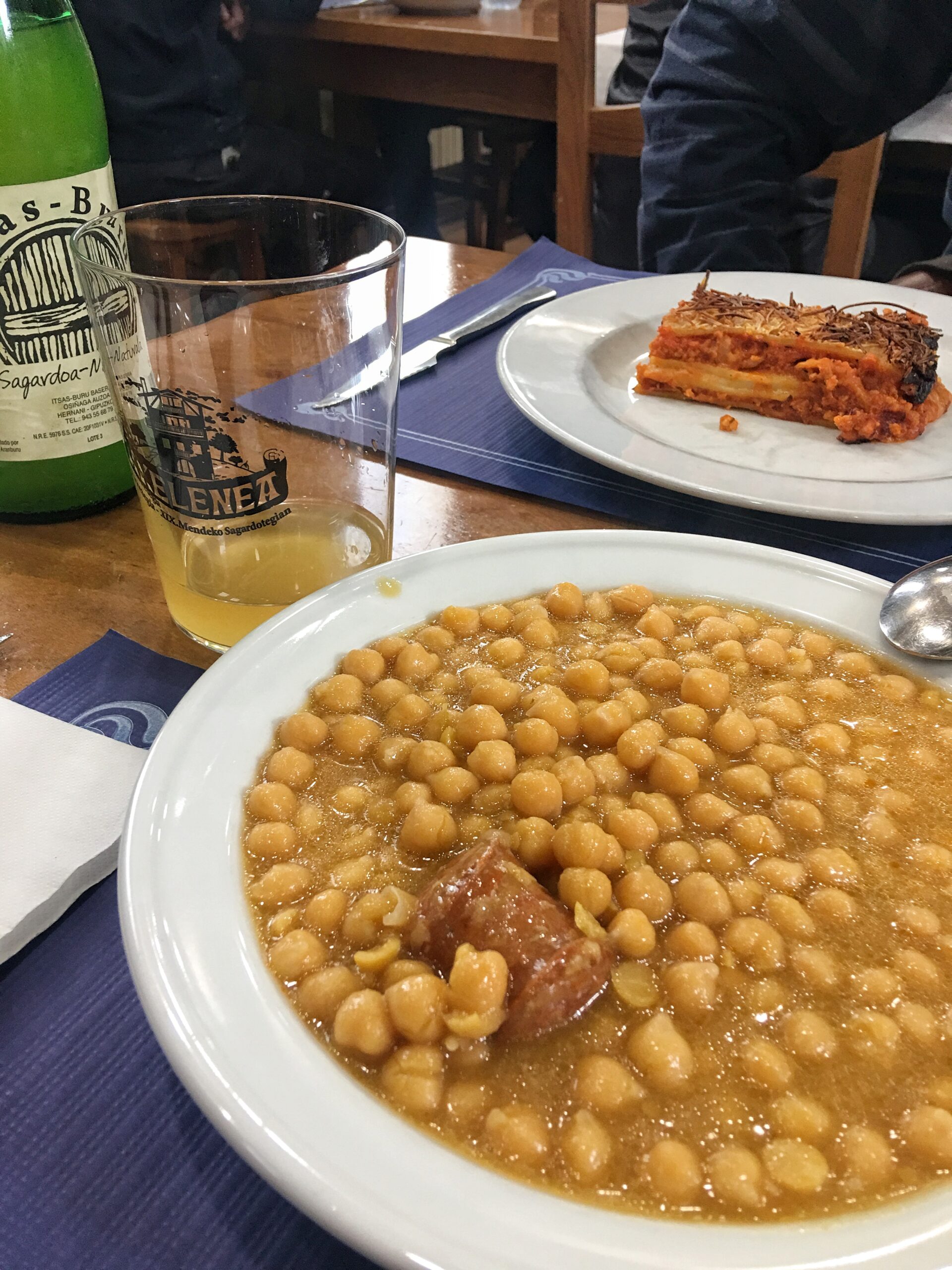
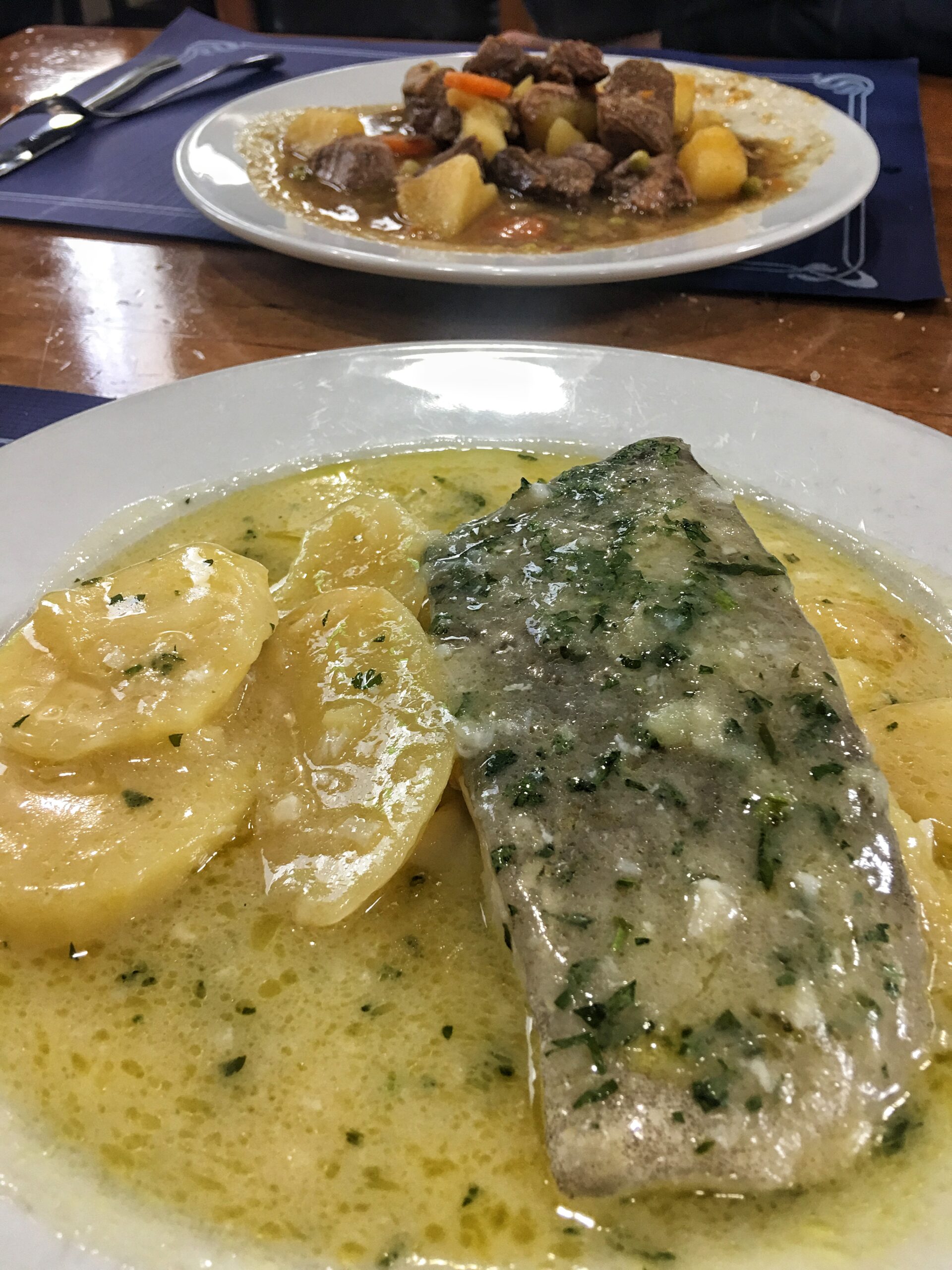
Zumaia
One of my favorite things that we did was visit the Flysch of Zumaia. This small fishing village is only half an hour away from San Sebastian and features some of the most dramatic and rugged scenery in Basque Country. We took a 1 hour hike around the geopark on the Algorri Trail, which starts at the San Telmo chapel and covers the most beautiful part of the Flysch, and were blown away by the scenery.
What’s a Flysch you might ask? Apparently, it’s a sequence of sedimentary rocks that are formed by layers of sandstone. They are typically created underwater and then become exposed as the continental plates shift. Flysches are some of the oldest formations on Earth!

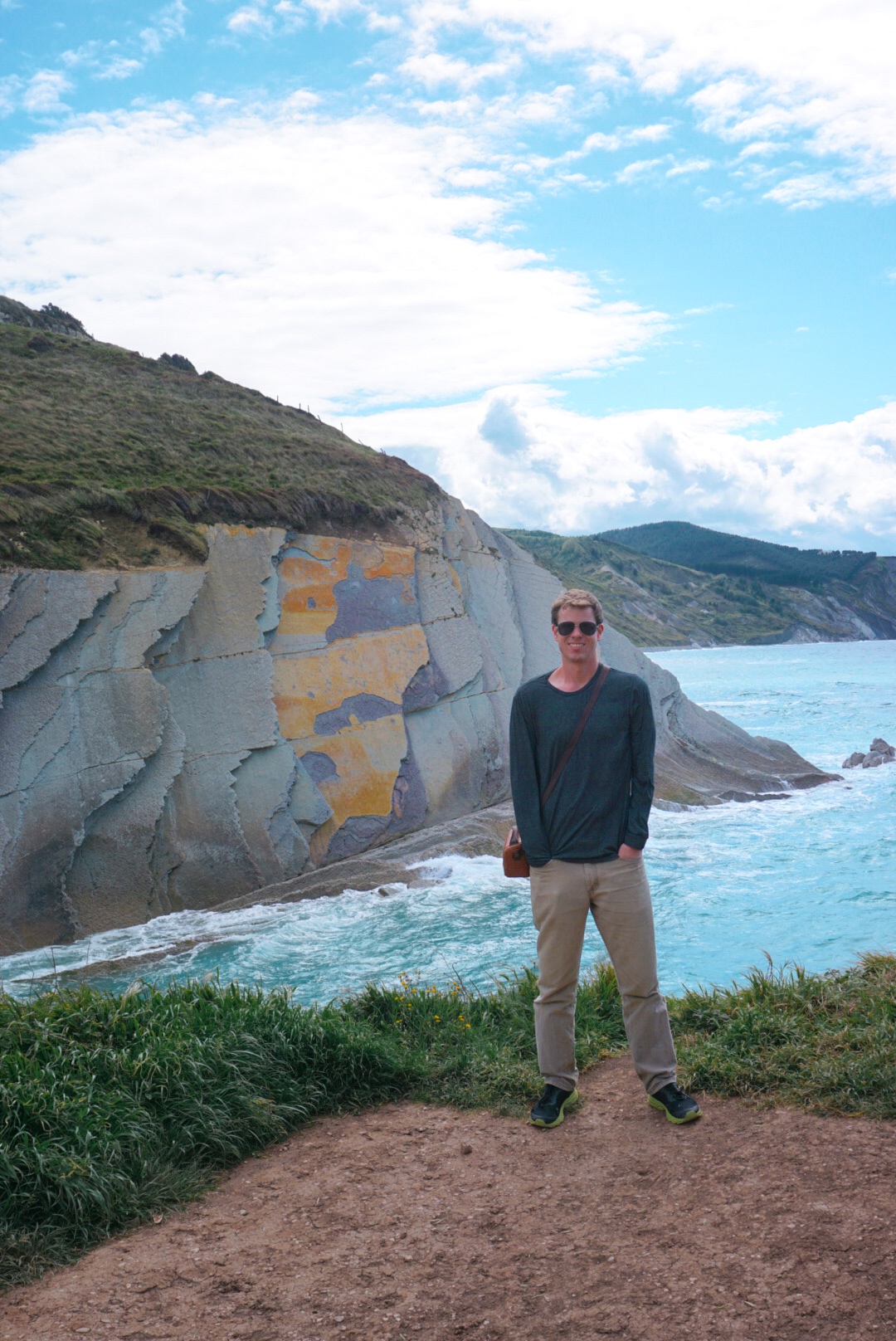

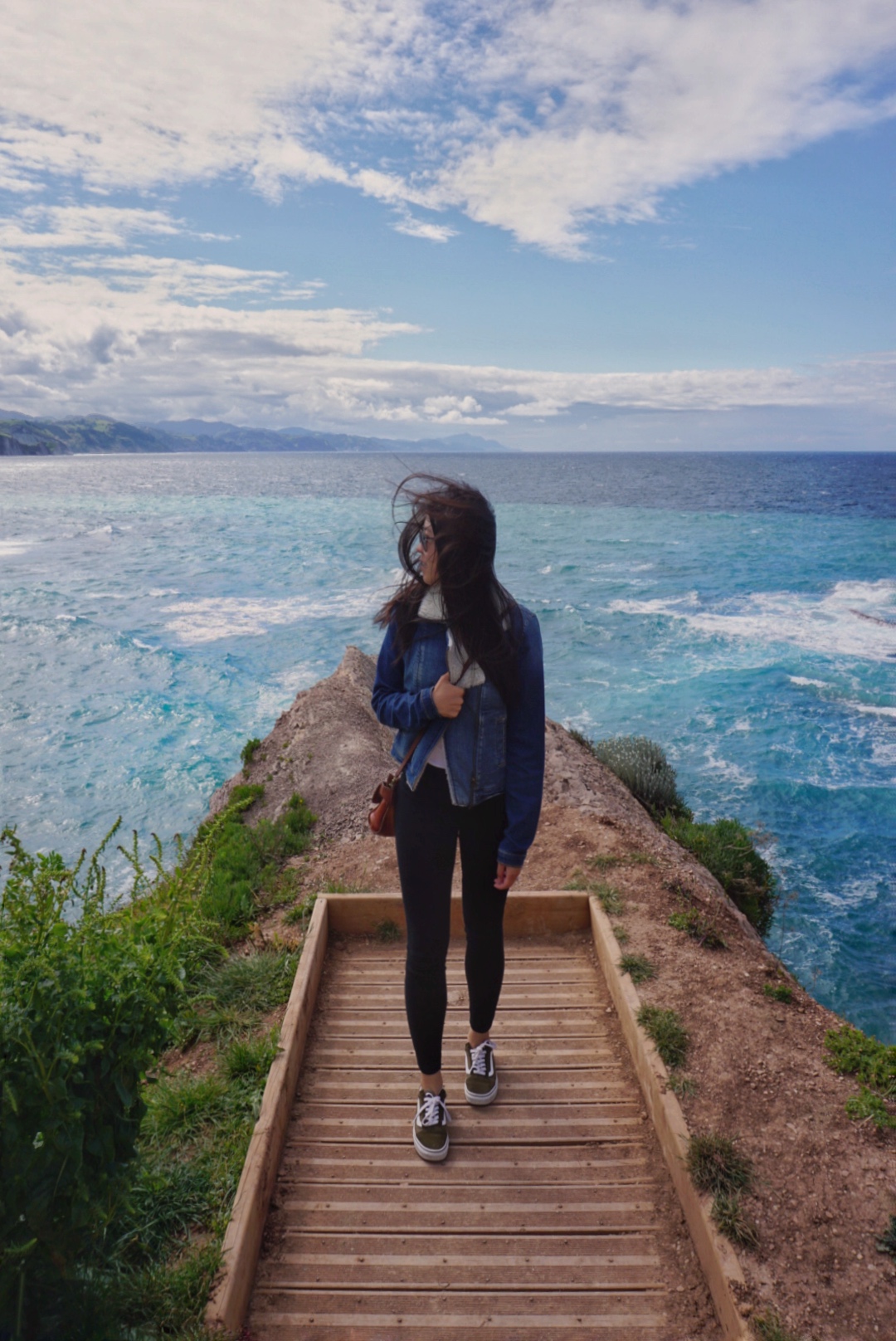

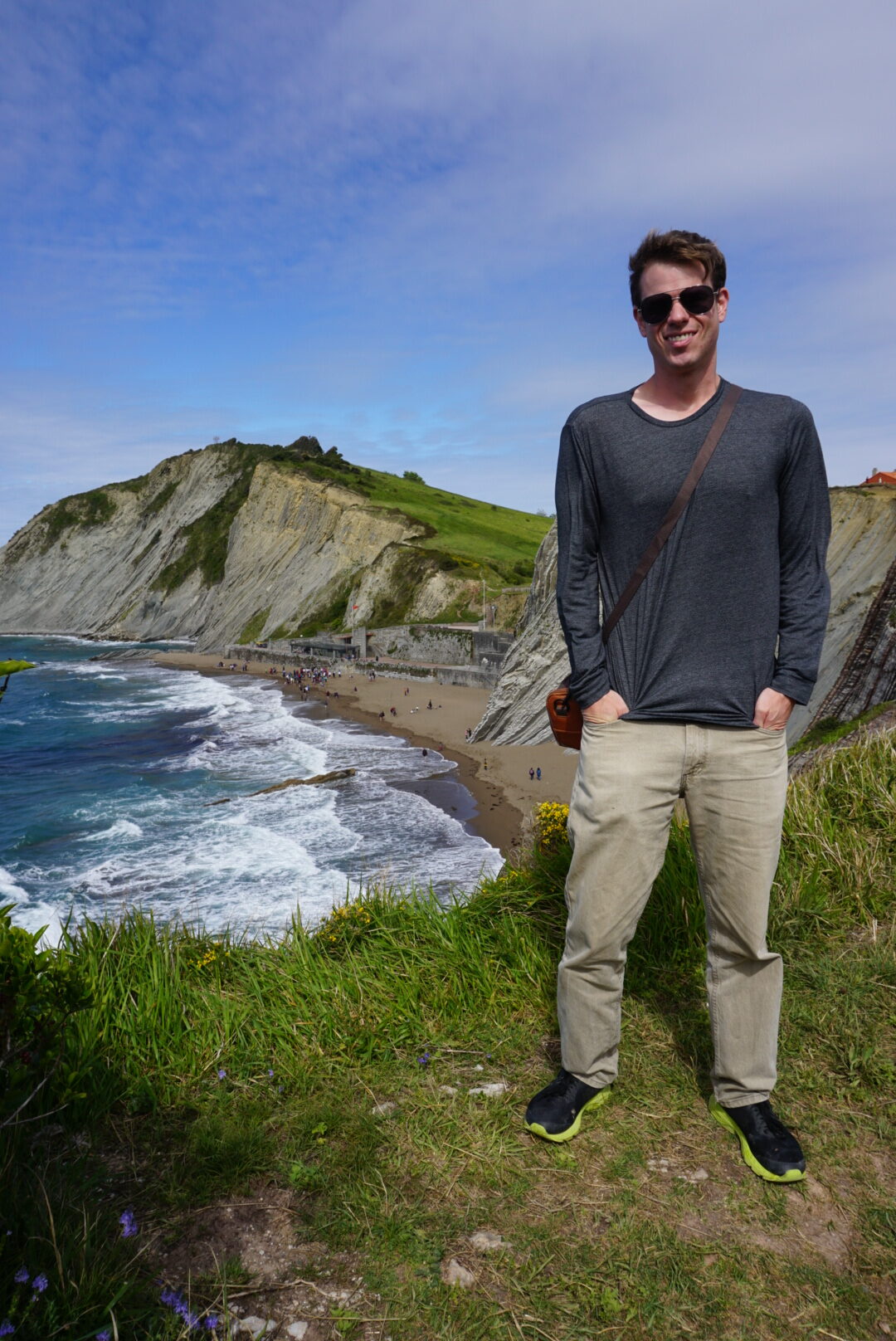
Dinner at Casa Julian
Our day ended with an epic dinner at Casa Julian in the town of Tolosa. Casa Julian is a legendary institution for all things steak. In fact, steak is the only main course on the menu, and they’re so large that one steak will serve two people. Steaks are cooked to order and topped with a generous layer of salt which is scraped off before the food is served. And of course, we had to have our steak with some local Rioja. Delicious!
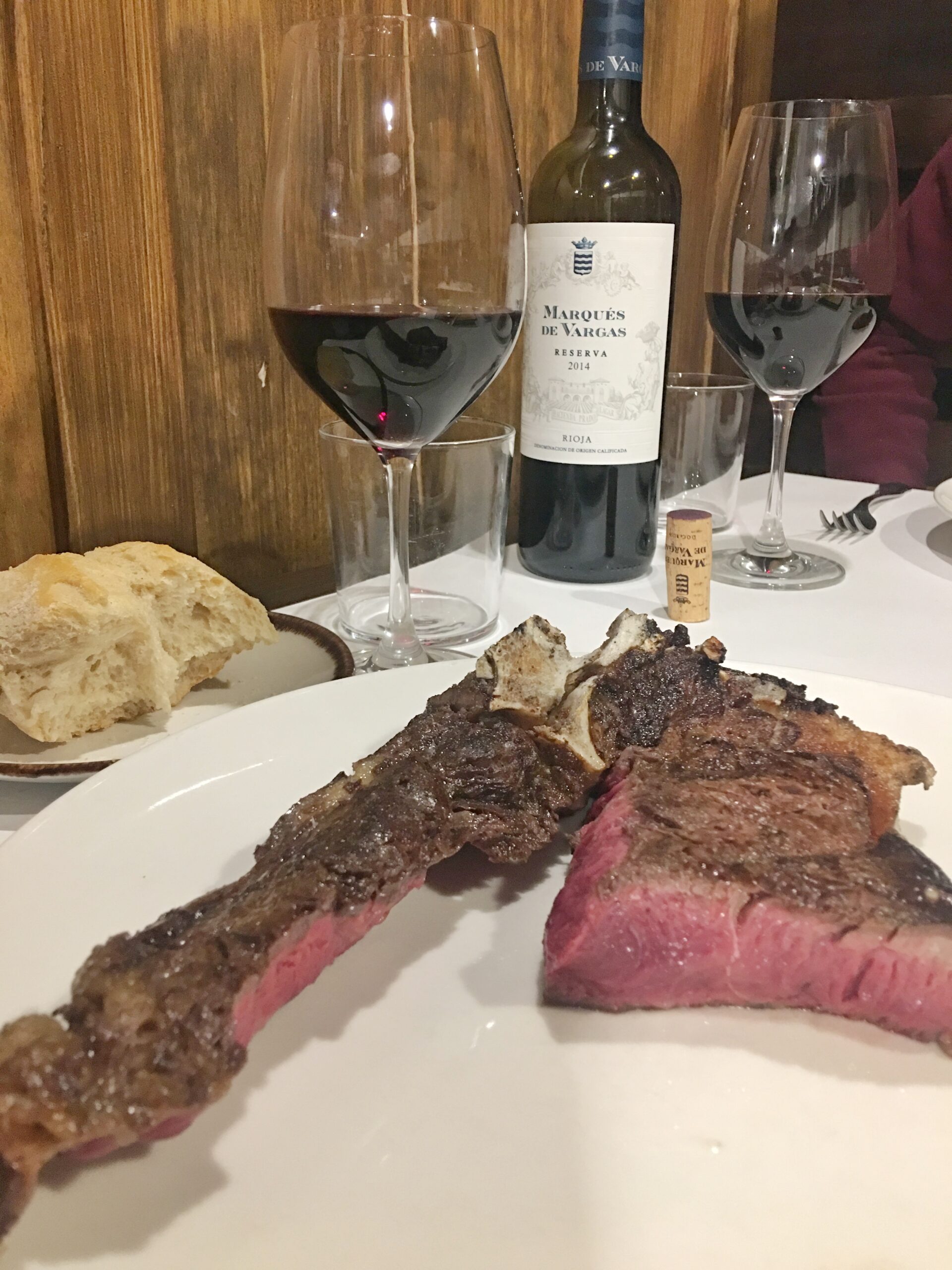
While the steaks were absolutely delicious, our favorite things we ate at Casa Julian actually ended up being the lettuce hearts appetizer (charred and doused in Spanish olive oil), and the creamiest Basque Cheesecake. Kevin was literally licking the cheesecake plate when the waiter stopped by to clean up our table…it was THAT good. With our bellies full and our hearts happy, we made the short drive to San Sebastian to stay the night.


Day 4: Day Trip to Hondarribia
Hondarribia
Day 4 started off with a short 30-minute drive from San Sebastian to the charming town of Hondarribia. This town is divided into the Old Town and the Marina District, and the city has lifts installed all over town connecting the two districts for easy access. The main tourist drag in Hondarribia is Calle San Pedro, which is a pedestrian-only street that features a darling row of colorful fishermen’s houses. I loved how all of the homes had different flower boxes – they really brightened up the streets!
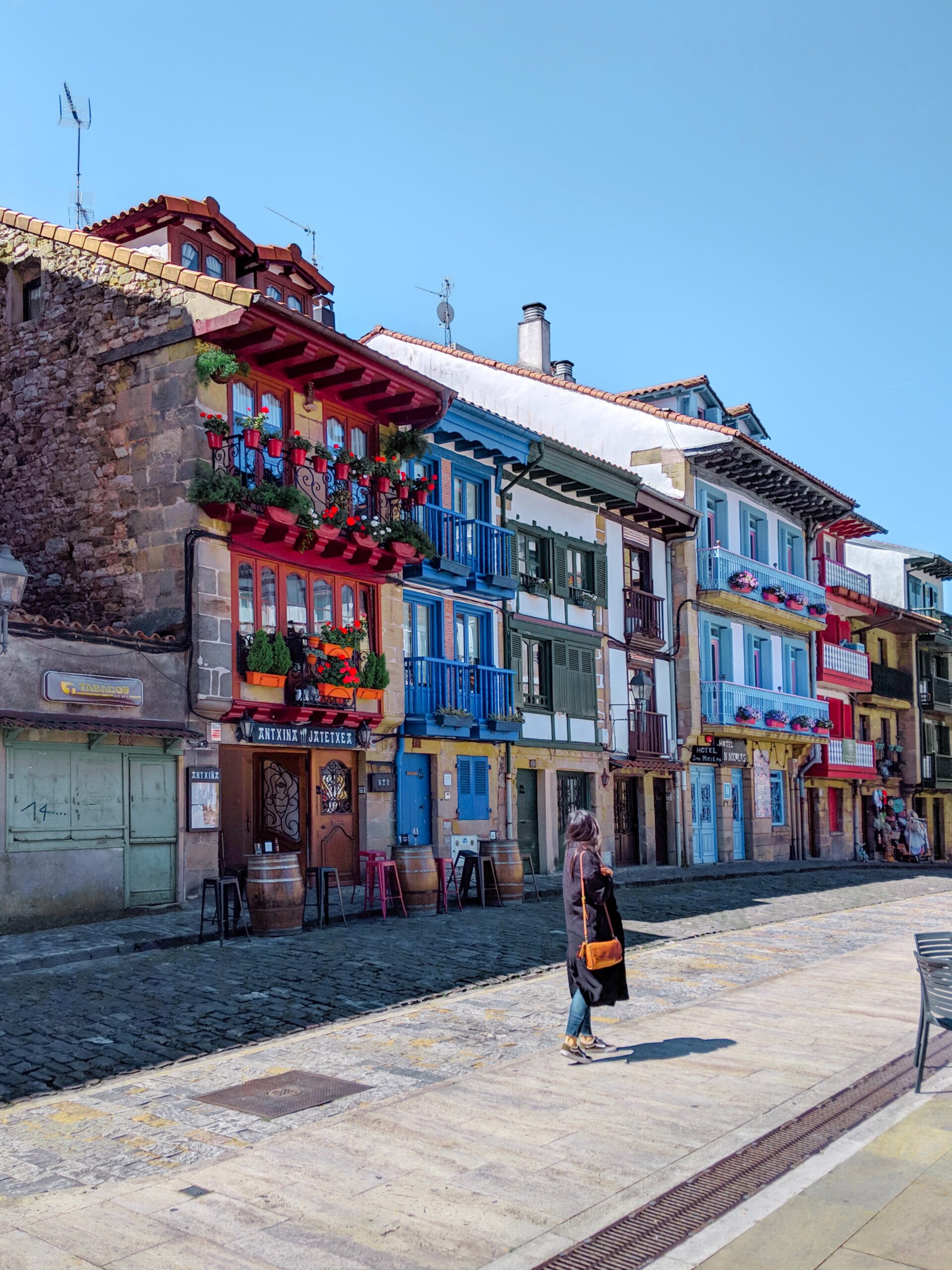
After roaming the town for a little bit, we sat down for an early dinner at Alameda, a Michelin-starred family-run restaurant in Hondarribia. Kevin and I typically don’t actively seek out Michelin-starred restaurants (we find a lot of them to be overrated and pretentious), but Alameda really blew us away. Each plate was beautifully presented, inventive (but not too inventive), and absolutely delicious. I’m also happy to report that the atmosphere in the restaurant was relaxing as well.
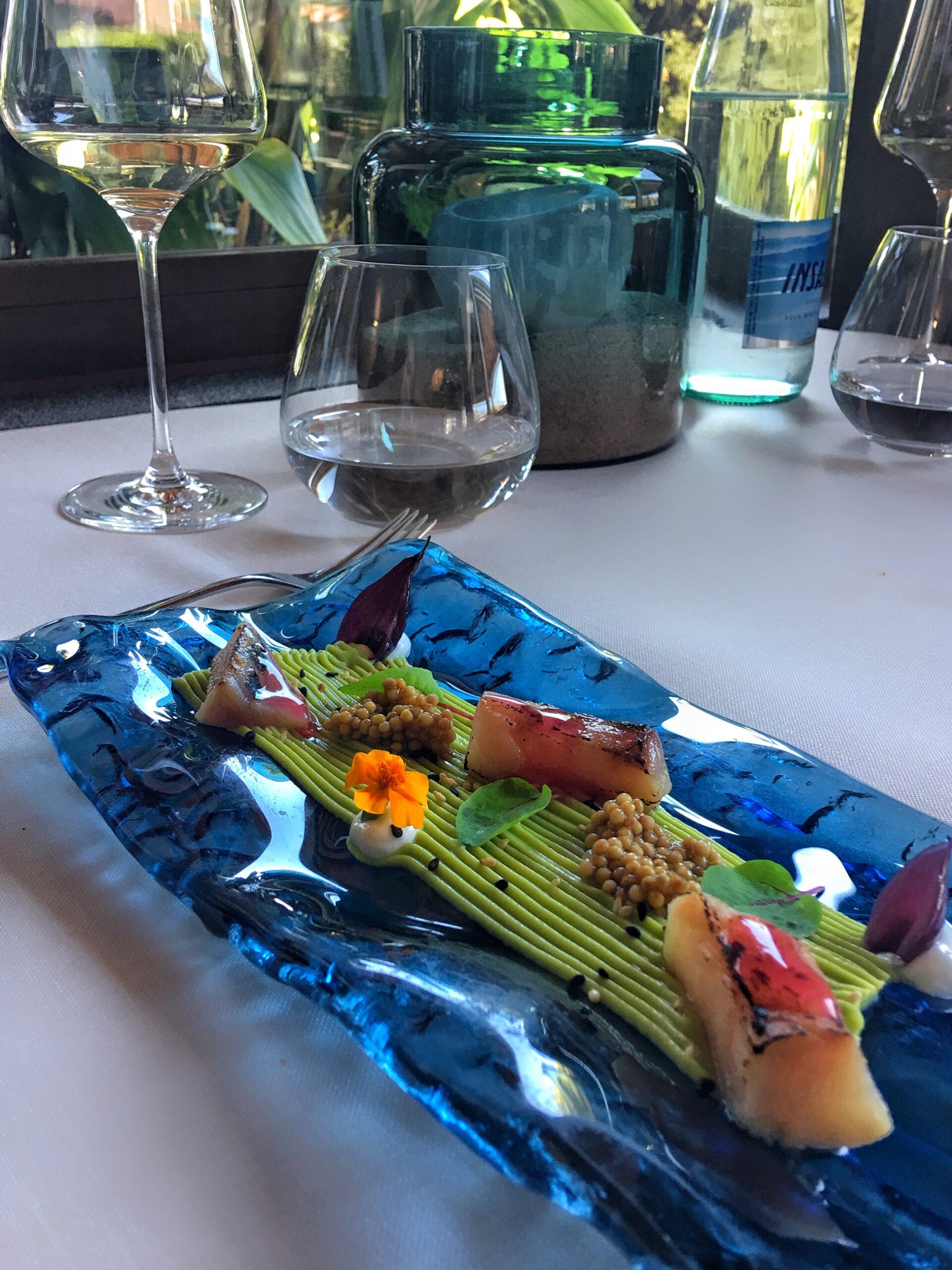
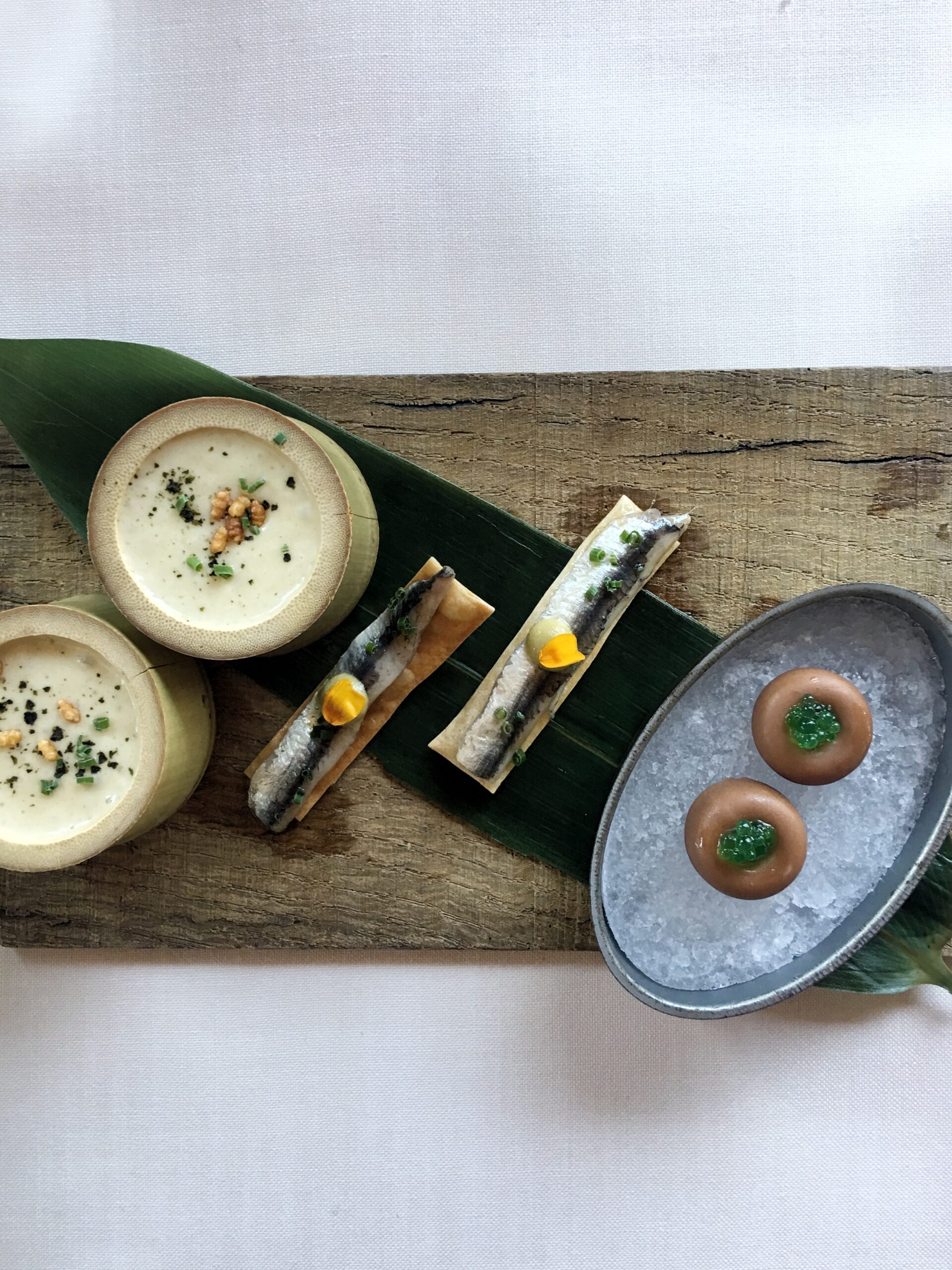
Day 5: San Sebastian
The last day of our trip through northern Spain focused on San Sebastian, and the surrounding area. San Sebastian is known for its gorgeous beaches and world-renowned pintxos, and it’s definitely worth spending at least a day or two exploring the city. It’s often referred to as the “Pearl of the Cantabrian Sea”.
Mount Urgull
For some of the best views in San Sebastian, we headed to the top of Mount Urgull where we roamed theg rounds of a 12th-century fortress with panoramic views of the Bay of Biscay. The hike up Mount Urgull is relatively easy and well-shaded; the trek was a wonderful respite from the sun and buzz of the Old Town.



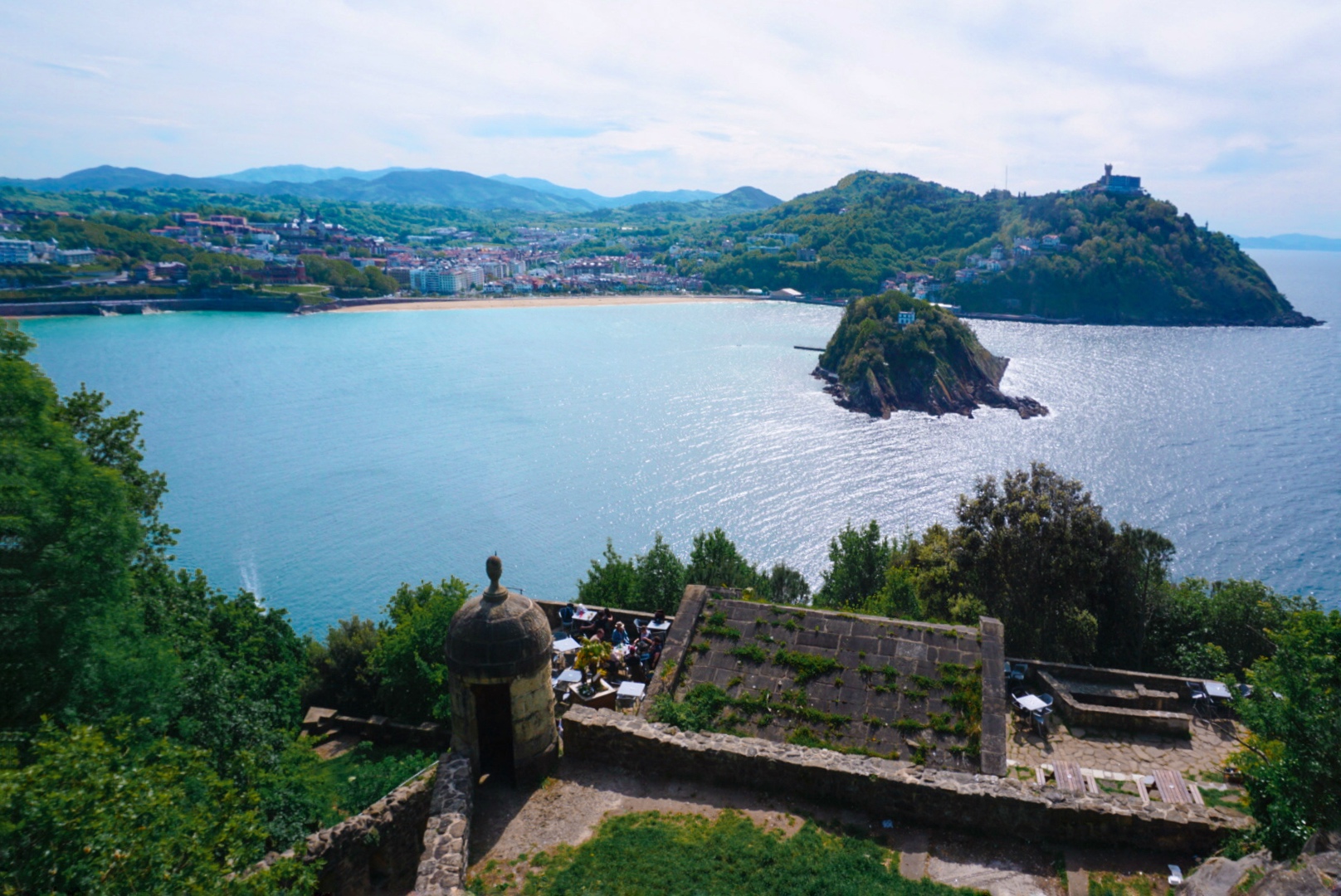

Txomin Etxaniz
For lunch, we made our way to Txomin Etxaniz which is a local vineyard and winery located in Getaria (20 minute drive from San Sebastian) which is the birthplace of txakoli wine. Txakoli is a slightly sparkling, dry white wine produced in the Basque Country, and typically made from hondarrabi zuri grapes which are the predominant grapes grown in the area. Because it’s light in alcohol and delicate in flavor, it can be enjoyed anytime (before, during, after a meal), and pairs especially well with seafood!

We took a tour around the vineyard and then were treated to a lovely tasting of txakoli, and some local bread and anchovies. And OMG the location of Txomin Etxaniz…there’s really something special about seeing the rolling hills of vines next to the bright turquoise water of the ocean!
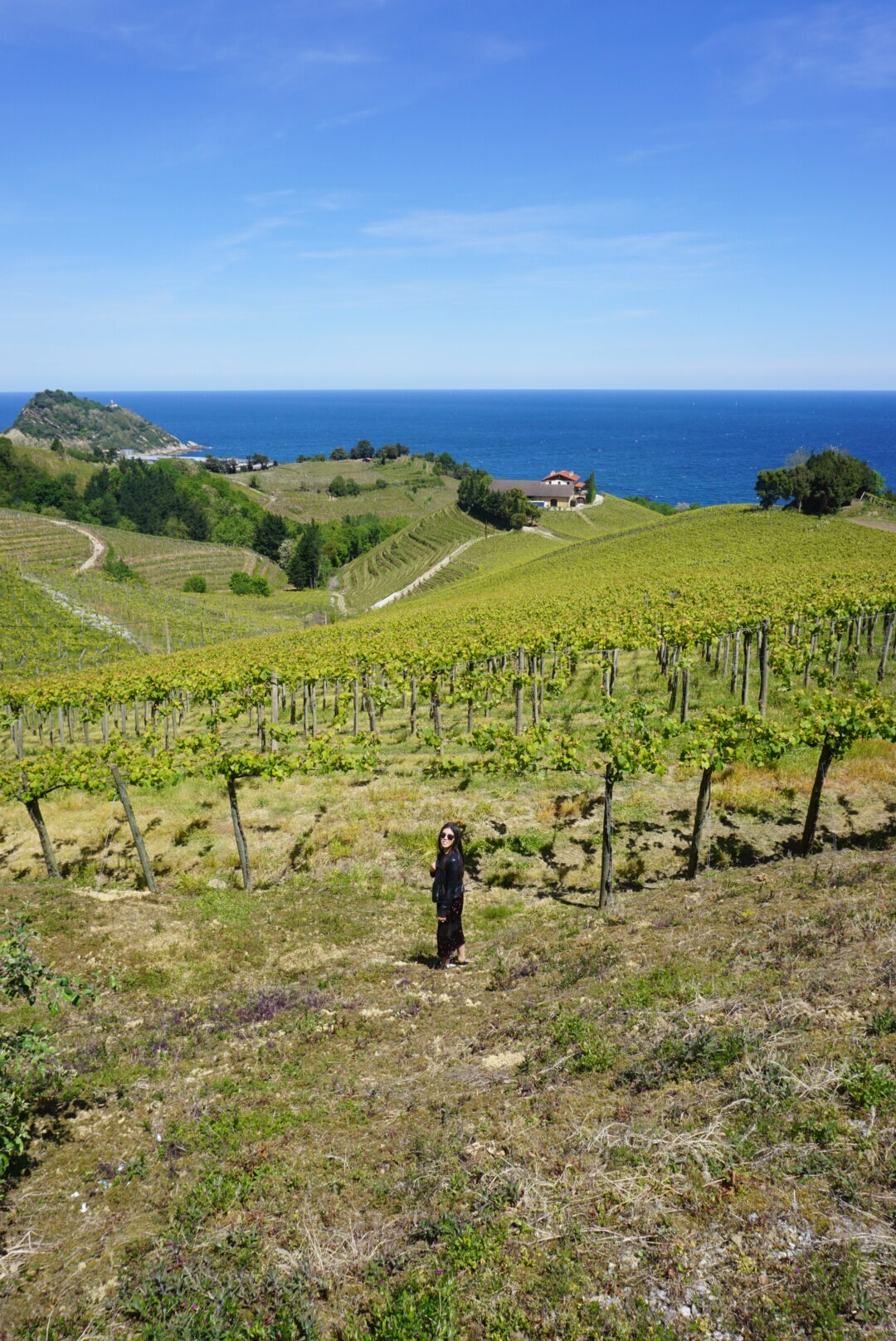


Paseo de La Concha
After our wine tasting and tour, we made our way back to San Sebastian to walk along the Paseo de la Concha, which is San Sebastian’s main waterfront promenade that runs alongside La Concha (considered to be one of the most beautiful beaches in all of Spain). There were several lovely seafood restaurants along the beach that I would’ve loved to try had I not been so full from our wine tasting!



At the end of the beachfront promenade, near the foot of Monte Igueldo, we were able to see the Peine del Viento (a.k.a. “Wind Comb”) which is a sculpture that symbolizes San Sebastian and is a beautiful viewpoint.
TIP: While we weren’t able to make it there, there is a 100-year old funicular near Monte Iguledo which takes you up to the top where you can get great views of the city. There’s also an amusement park at the top of the mountain!

More Pinxtos
To close our final night in Basque Country, we did more pinxto hopping around San Sebastian. Some great pinxto options are: (1) Bar Nestor (get the tomato salad and the steak), (2) La Vina (creamy burnt cheesecake, but go early as they oftentimes sell out!), and (3) Bar Ganbara for the txangurro (crab) tartlet.
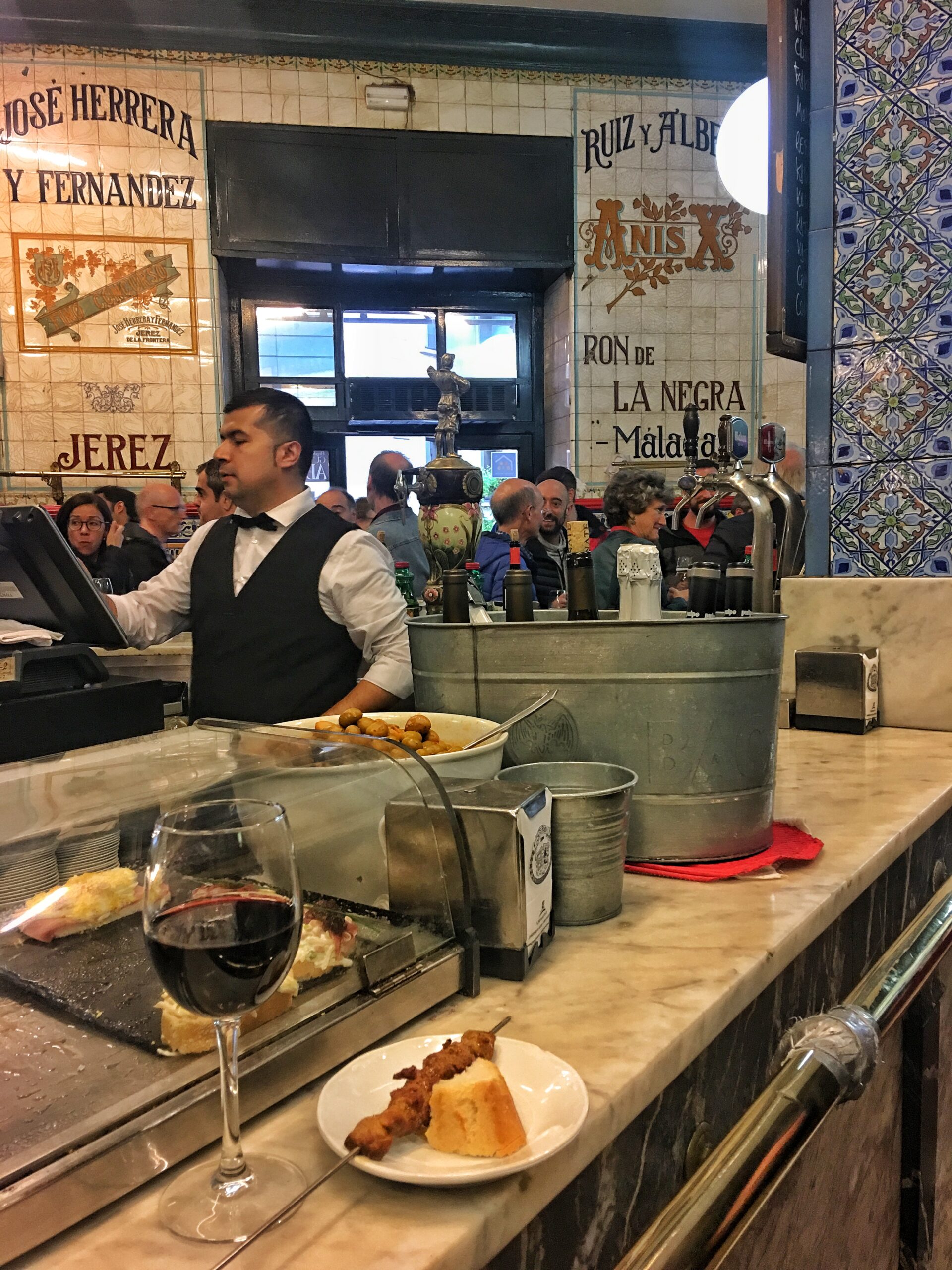
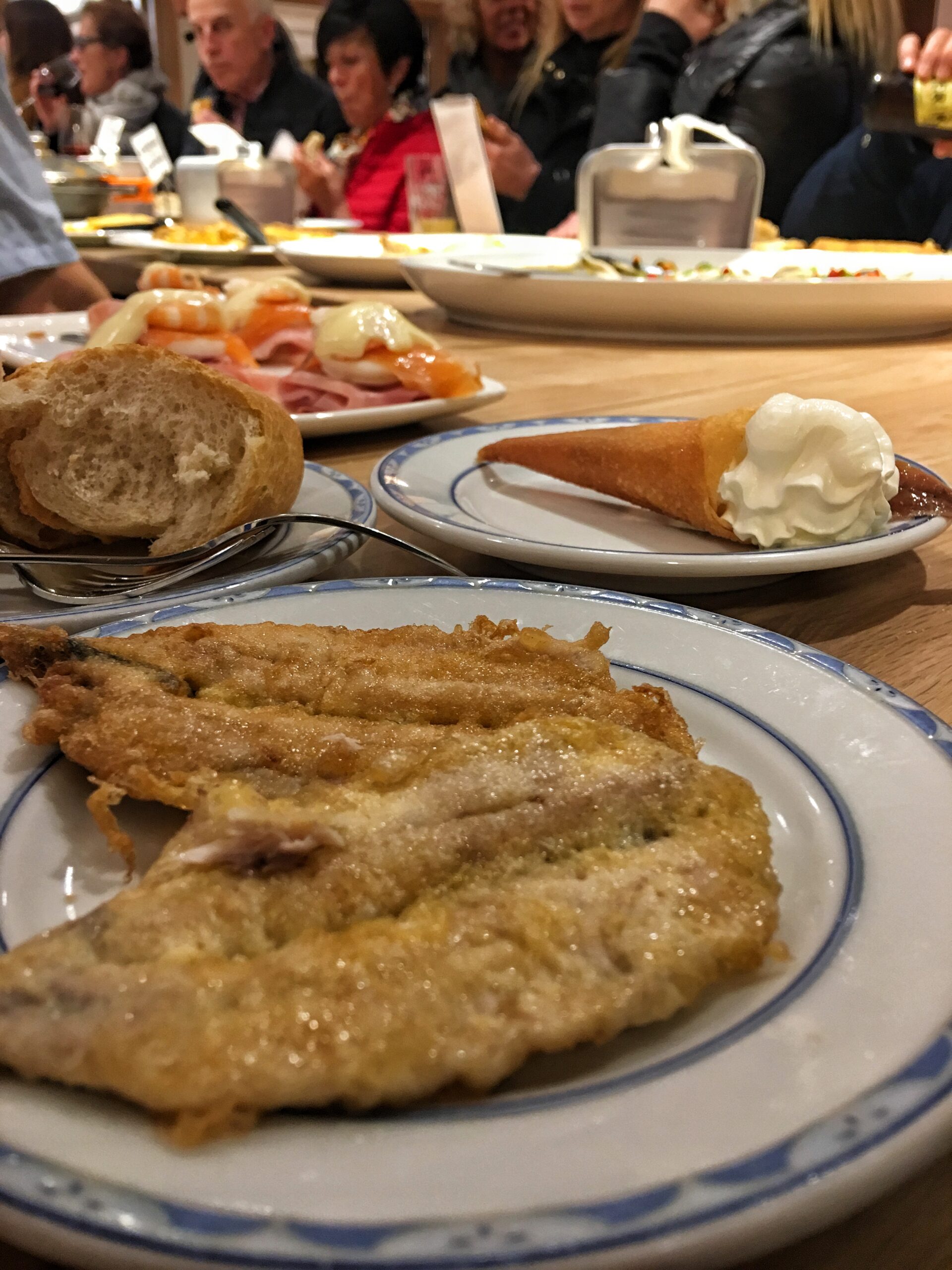
Related Post: Where to Find the Best Tapas in Seville, Spain
Related Post: A Foodie’s Weekend Guide to Emilia Romagna
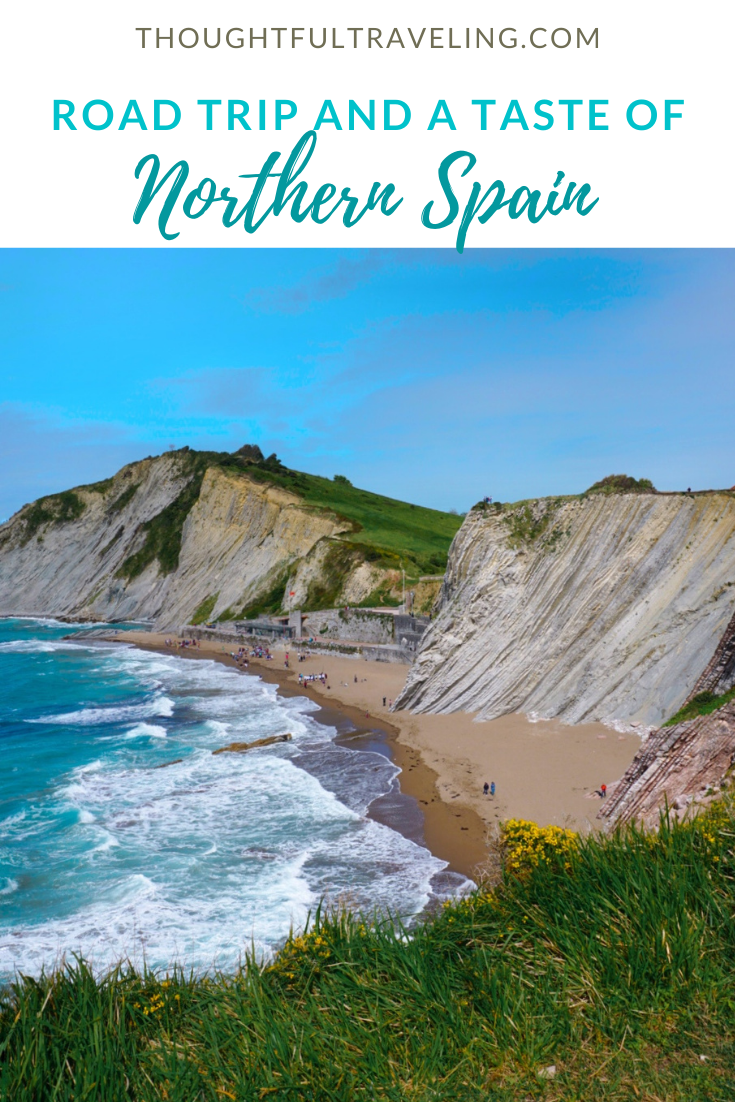
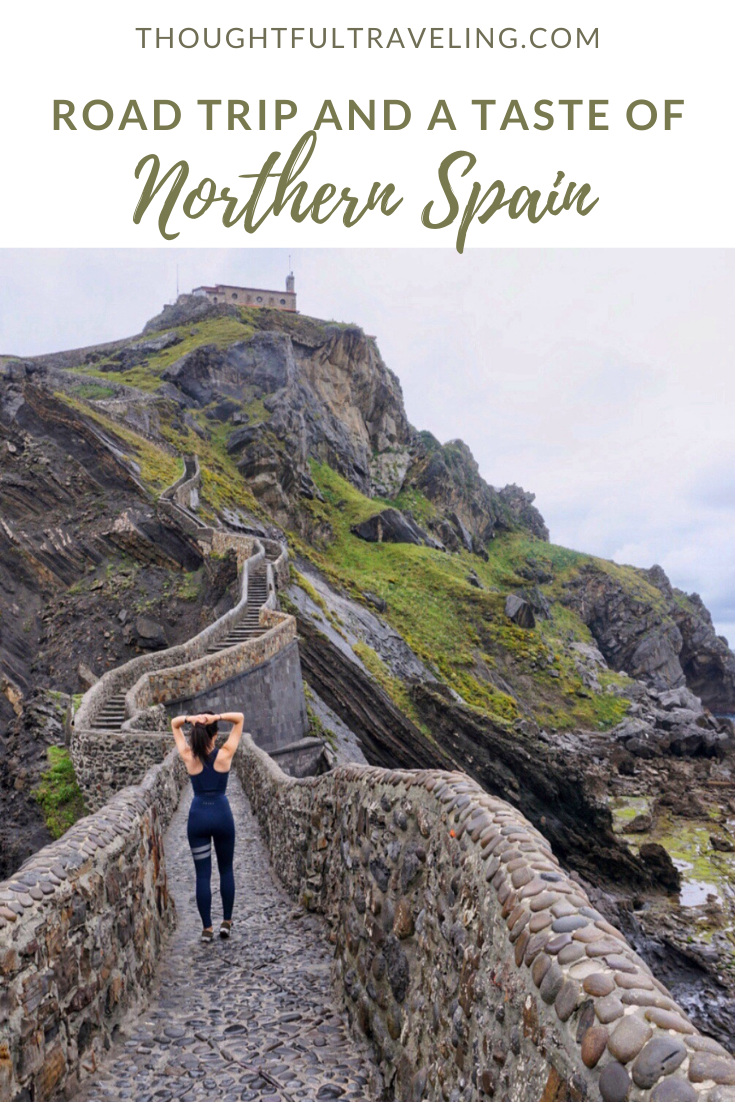

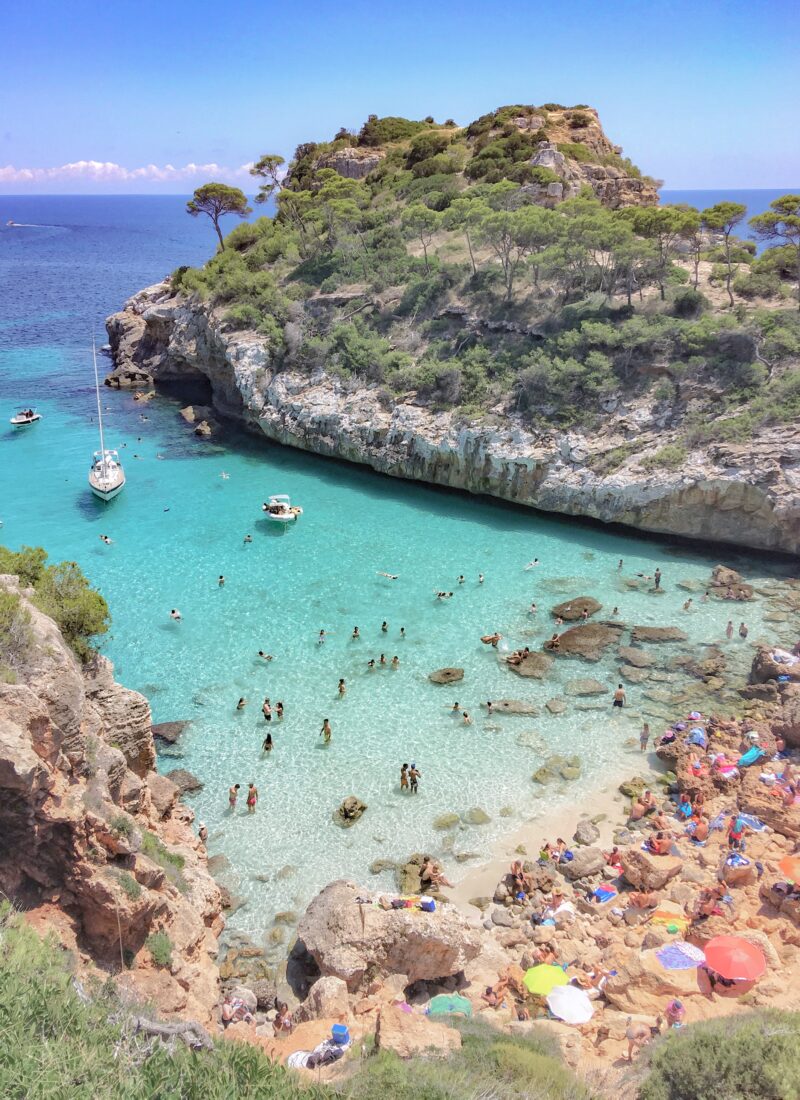
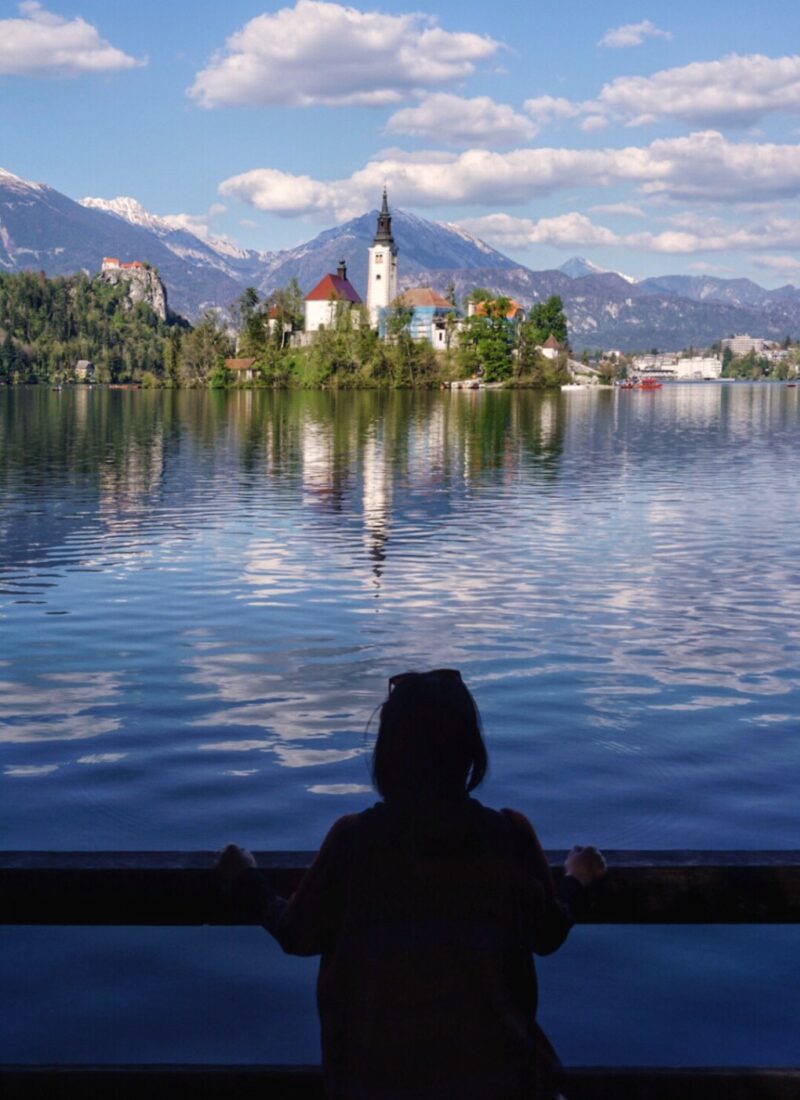
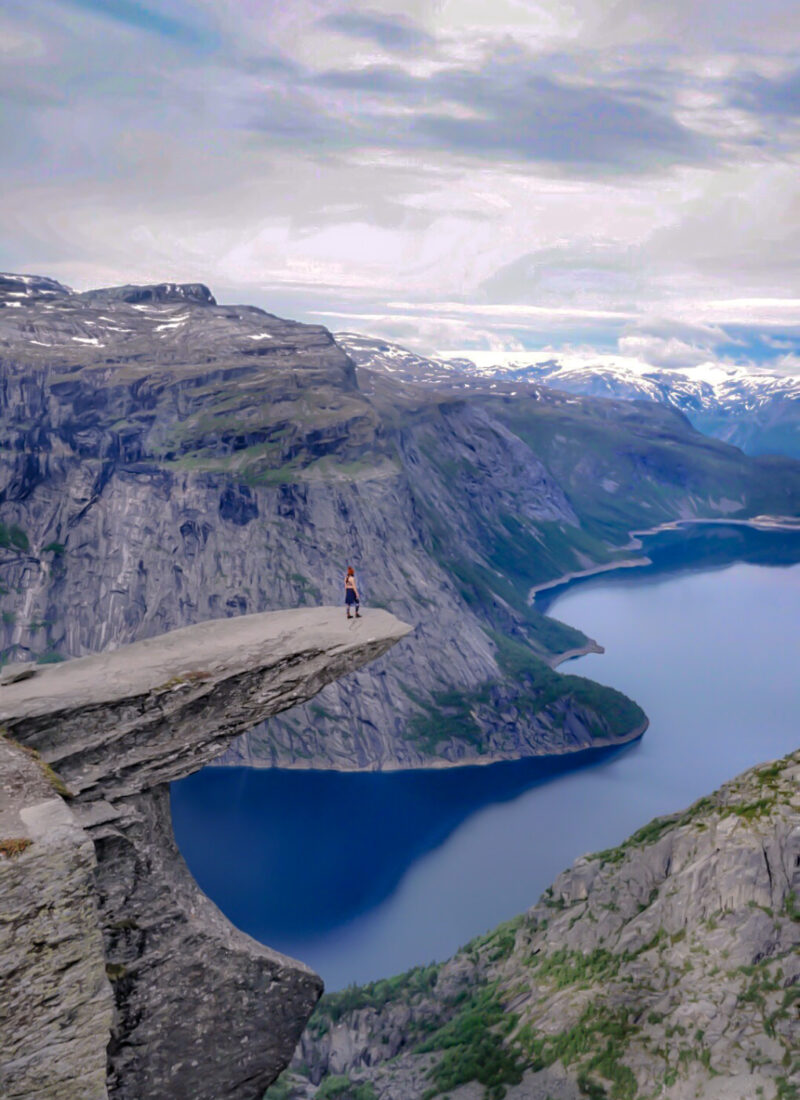
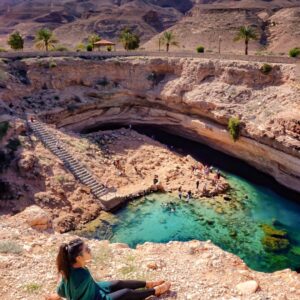

Leave a Reply